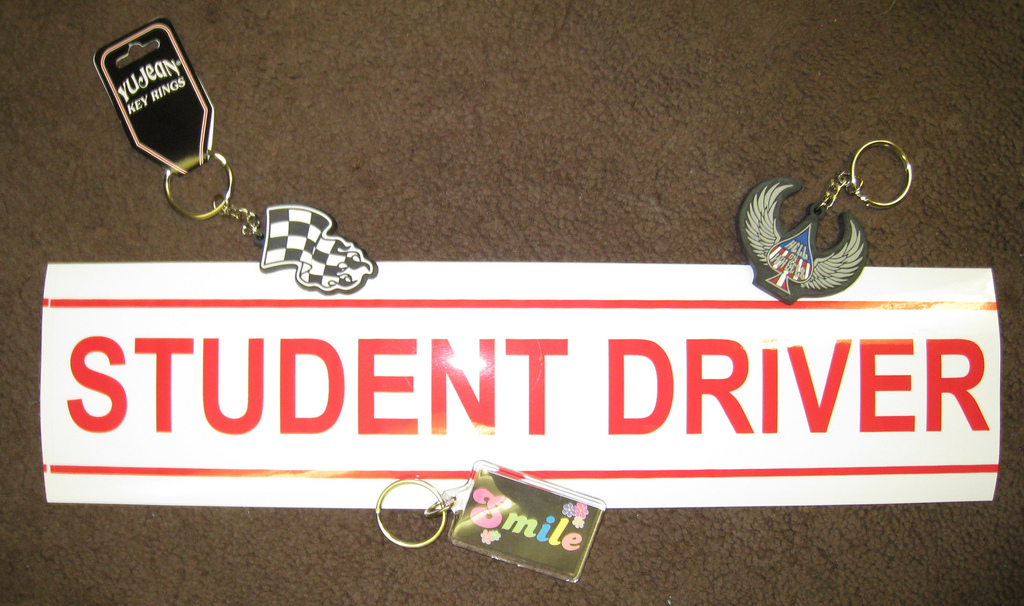Branding “Newbie” Teen Drivers Does Not Help to Prevent Crashes
In New Jersey, when a young driver receives their learner’s permit, they also receive a bright red sticker to place on their license plate. This was an attempt by the state to easily identify young, learning drivers in an attempt to help prevent teen driving accidents. But, according to recent studies, branding these young drivers does not have any kind of profound effect on reducing the number of accidents.
In an article posted on NPR.org, a study published by Injury Prevention has shown that giving drivers under 21 years of age with a learner’s permit this type of identification has done nothing to reduce the number of crashes. Although this may be true, some studies have found that identifying new drivers who have recently received their graduated license in the same way has been beneficial in reducing the number of accidents these drivers are involved in.
This decal mandate by the state of New Jersey began in May 2010 as part of their graduated driver licensing laws. These laws, often referred to as “GDL Laws” have been put into action in different ways through the 50 states including the District of Columbia and work to gradually increase the rights and independence of teen drivers as they gain more experience, skills and confidence behind the wheel. The hope is that by limiting young driver’s privileges, it will help to reduce the risk of crashes and incidents.
Allison Curry, the main author for the study completed by Injury Prevention, says that “GDL has been the cornerstone of public policy in reducing crashes [involving teen drivers]. One of the challenges with GDL is it’s difficult for the police to identify learner drivers and intermediate drivers.” The decal mandate used by New Jersey was the first of its kind and an attempt to make it easier for law enforcement officials to identify teen drivers who may be violating the Graduated Driver’s License restrictions.
As part of the study completed by Injury Prevention, Curry and her colleagues looked at information on crash rates in New Jersey as well as GDL citations among teen drivers who were younger than 21 years of age in the four year pre-decal period and the two year post-decal period. For the drivers who were in the stage of having a learner’s permit, the decals made little to no difference in the crash rates. But, for intermediate drivers, the decals have helped to generate a 9.5 percent decrease in crash rates.
*Photo Courtesy of John Fischer via Creative Commons License

